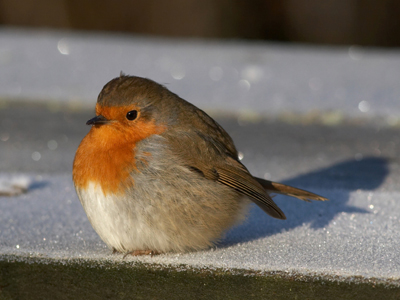
Physics - Energy Transfers
This Physics quiz is called 'Physics - Energy Transfers' and it has been written by teachers to help you if you are studying the subject at senior high school. Playing educational quizzes is one of the most efficienct ways to learn if you are in the 11th or 12th grade - aged 16 to 18.
It costs only $12.50 per month to play this quiz and over 3,500 others that help you with your school work. You can subscribe on the page at Join Us
Thermal energy can be transferred from one place to another by doing work or by heating processes. The rate at which heat transfers depends on several things. The heating processes are conduction, convection, evaporation and condensation and they all depend on how the particles of a particular substance are arranged. Lets have a look at these different heating processes in turn, starting with conduction:
Container A: 35oC
Container B: 55oC
Container C: 45oC
Container D: 80oC
Container A: 35oC
Container B: 55oC
Container C: 45oC
Container D: 80oC
Ready for more?
not all...
quizzers. Try to win a coveted spot on our Hall of Fame Page.







